Popular Posts
Air gun 101: Everything you need to know about air rifle accuracy
Wyatt Earp has said:
Fast is fine, but accuracy is everything
And I just thought how many airgunners are obsessed with muzzle velocity and muzzle energy,...
PCP vs Spring Piston: Which one is better?
When reading about guns in the search for the first one that would be perfect for you, an age-old debate comes into question.
Should...
Air gun 101: The differences between .177 & .22 – Which jobs they do...
I’ve always believed the popular phrase:
“It’s not the size of the dog in the fight that matters - but rather the size of the...
Can a Felon Legally Possess an Air Rifle in Tennessee?
"Understanding the Legalities: Felon Ownership of Air Rifles in Tennessee"
can a felon own an air rifle in tennessee?
In the state of Tennessee, the ownership...
Air Rifle vs BB Gun: Understanding the Key Differences and Choosing the Best Option
"Air Rifle vs BB Gun: Unveiling the Key Differences and Choosing the Perfect Weapon for Your Shooting Needs. Delve into this comprehensive guide to...






































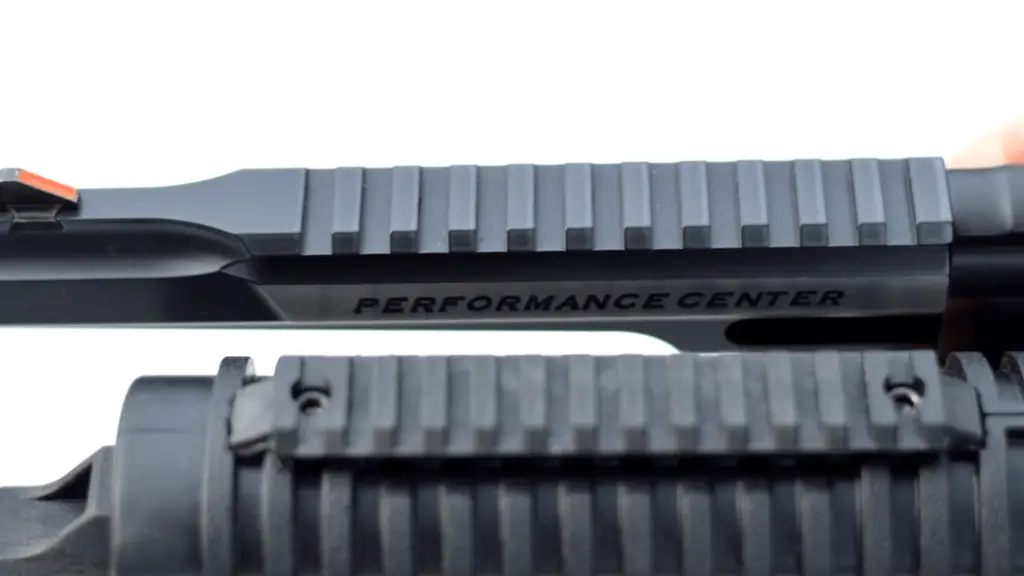
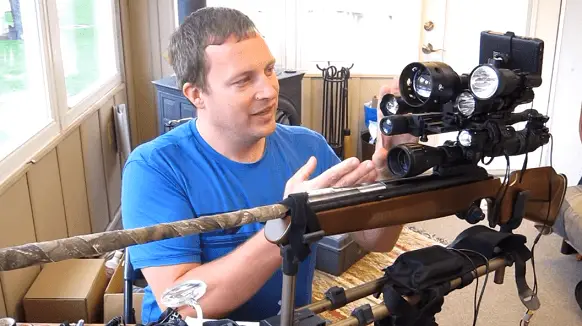
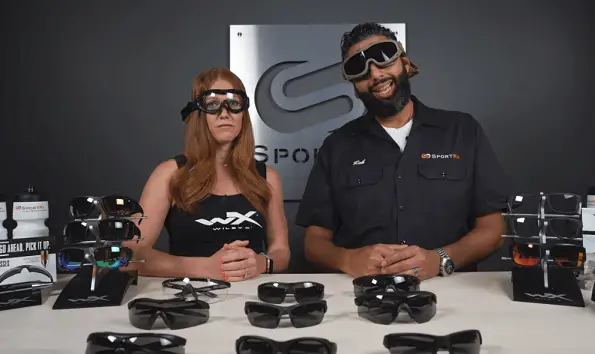


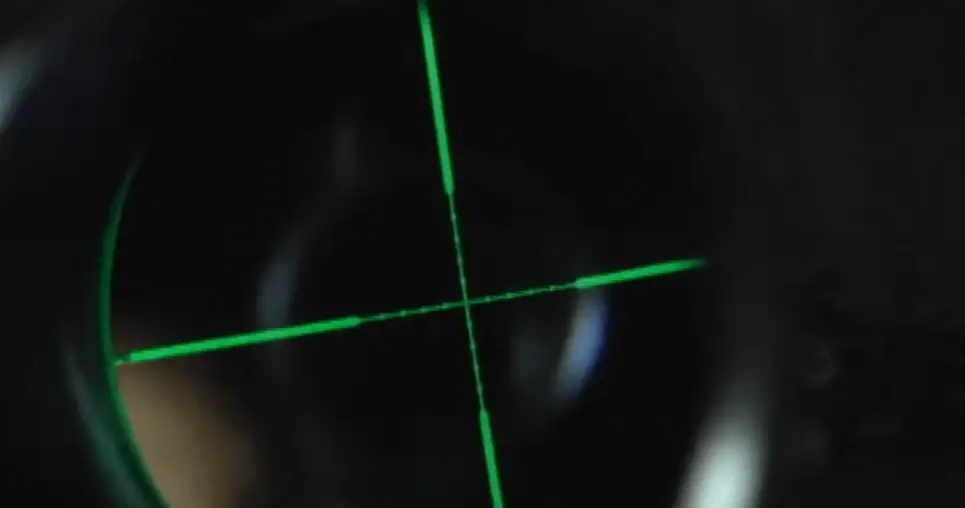
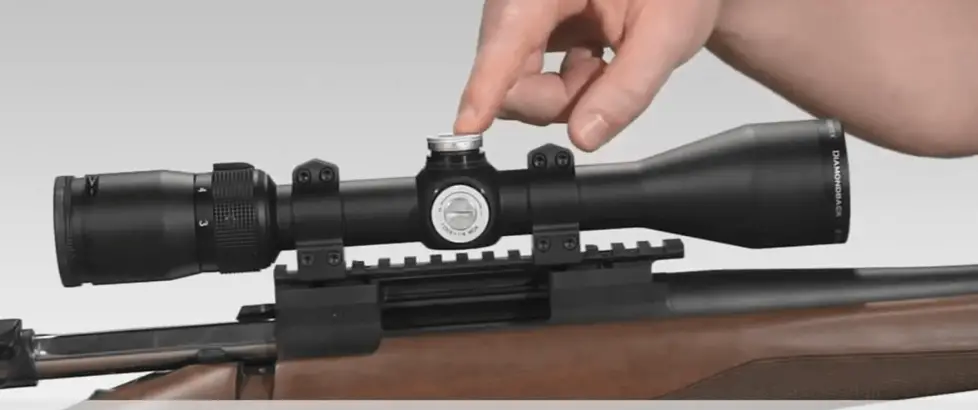
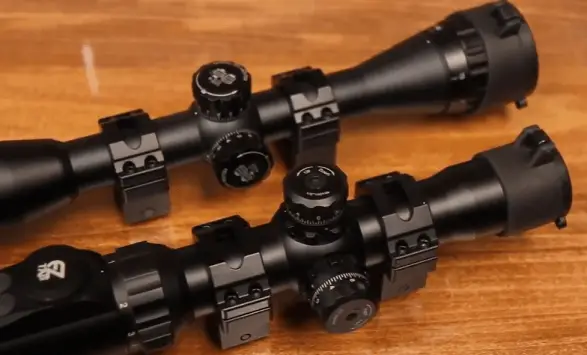





![Air gun 101: The differences between .177 & .22 – Which jobs they do best ? [Infographic]](https://airgunmaniac.com/wp-content/uploads/2020/09/g44-150x150.jpg)

